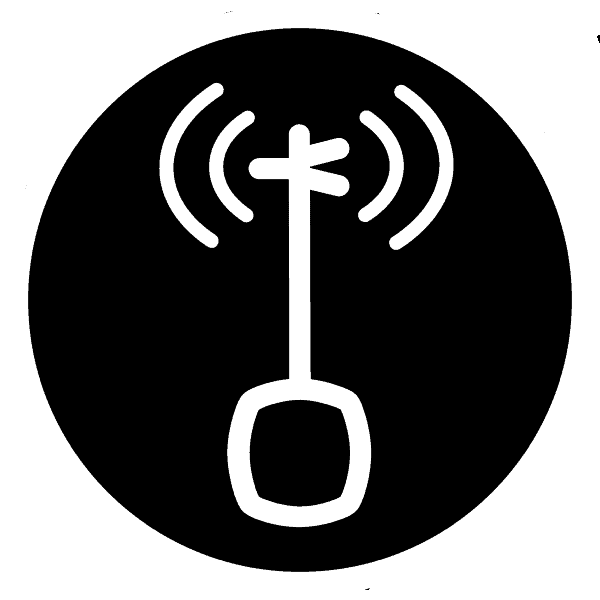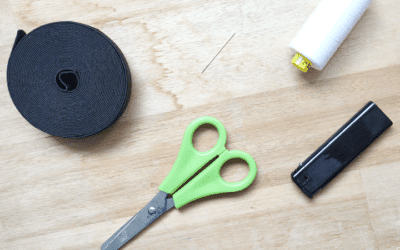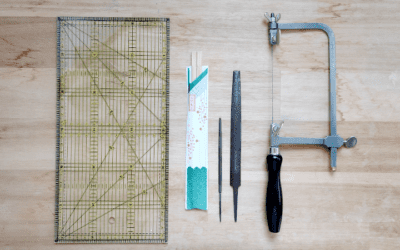Bachi dropped, corner broken—what now?
Damage Assessment
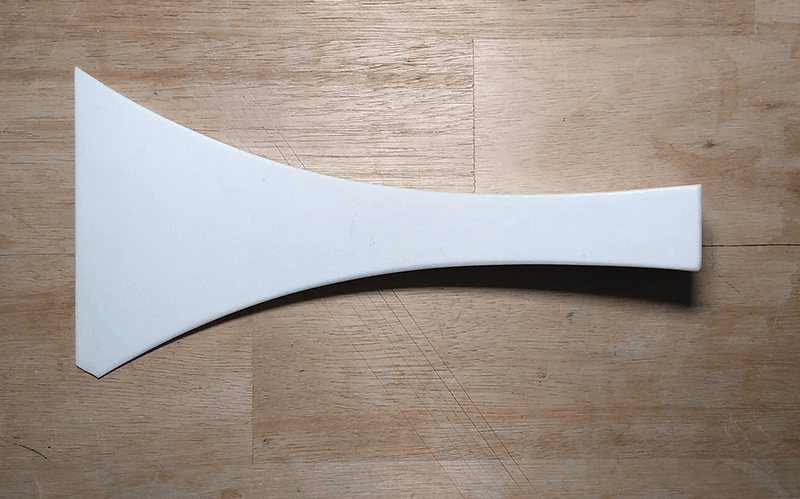
A small piece is missing from the bottom corner. The playing feel will take some getting used to.
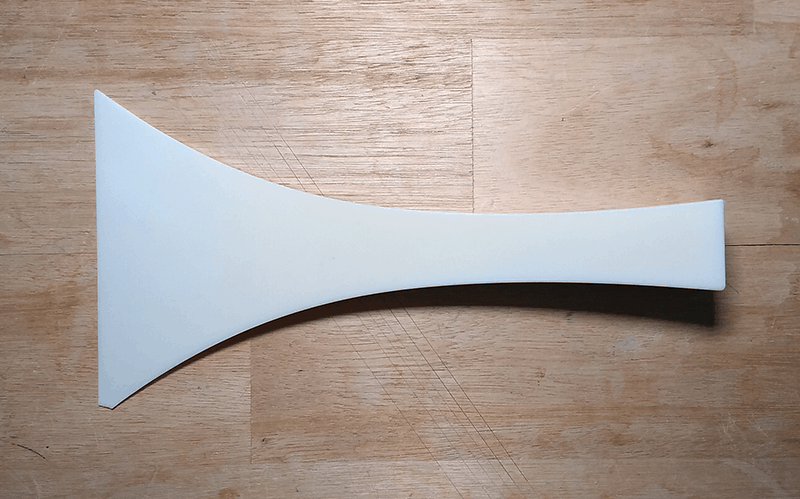
If only a tiny bit has broken off, smoothing it out will still allow comfortable play.
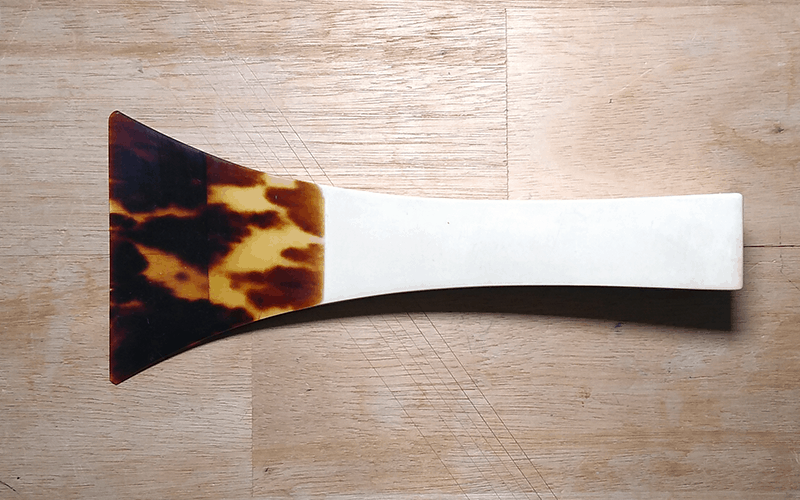
The top corner broke off some time ago, and now the bottom corner has chipped too—but fortunately, it’s only minor damage.
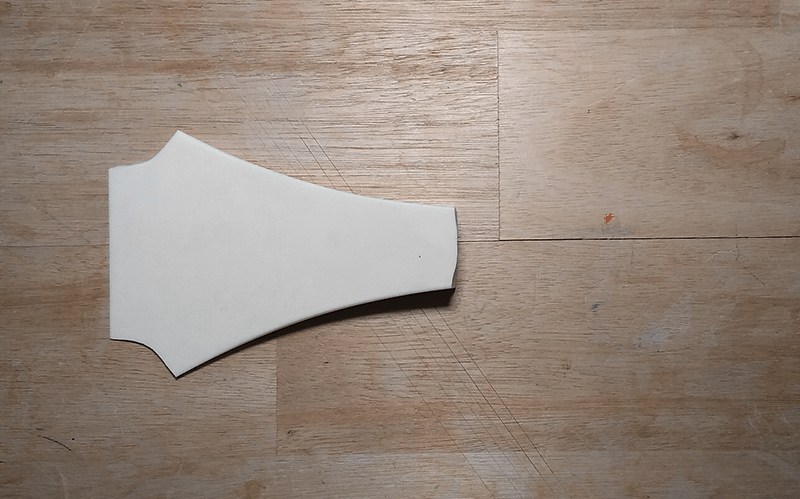
This is a total loss. Repairing it would take immense effort and creativity.
Repair
It’s important to have sandpaper in different grits and to work your way gradually from coarse to fine. The back of the sandpaper package will indicate the materials it’s suited for, whether it’s for wet or dry use, and the grit size—i.e., how coarse or fine it is. The lower the number, the coarser the grit. The goal is to progress from a lower number to a higher one.
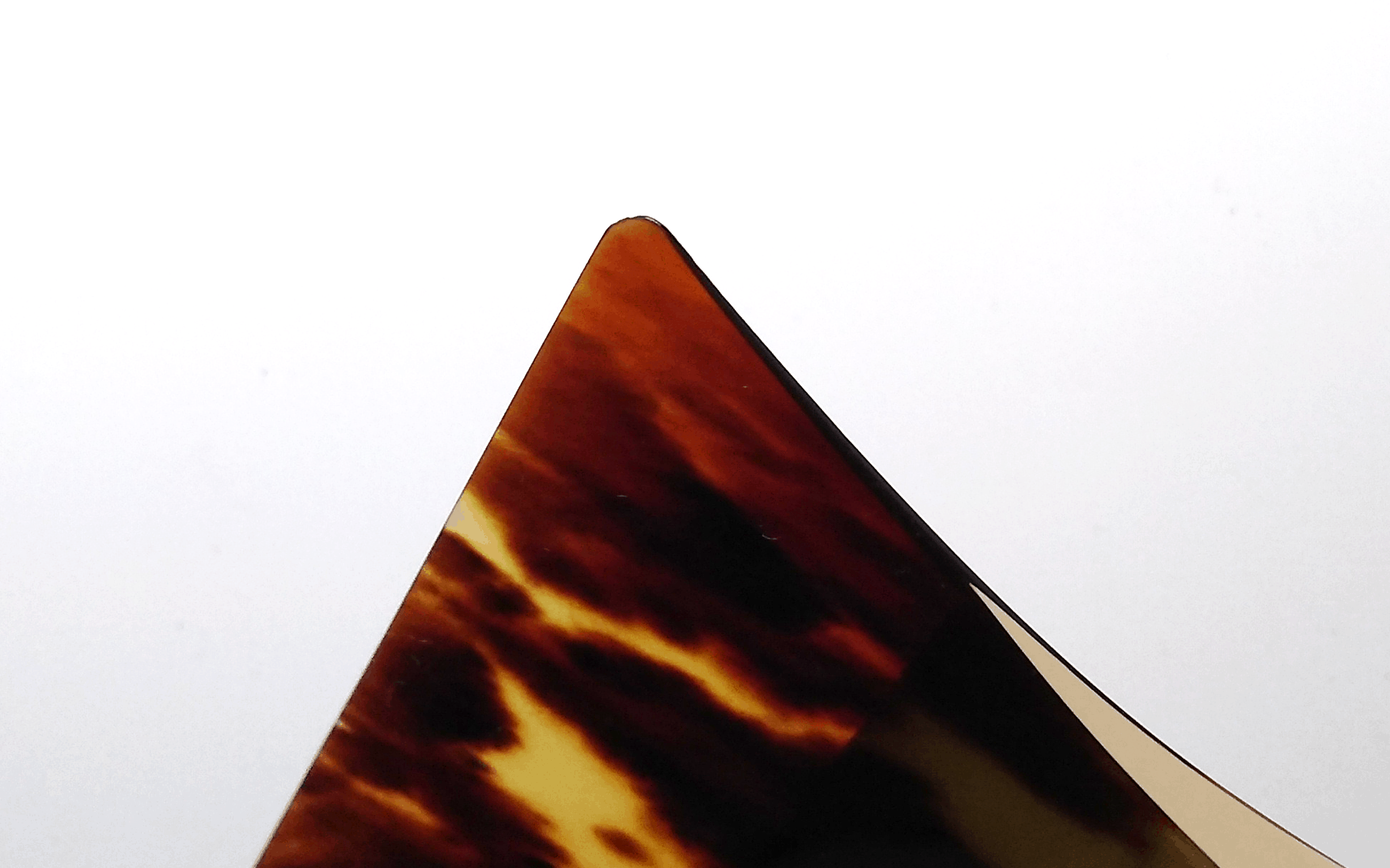
Looking closely, you can see how jagged the broken edge is. Running your finger over it, you can immediately tell it can’t be left as is.
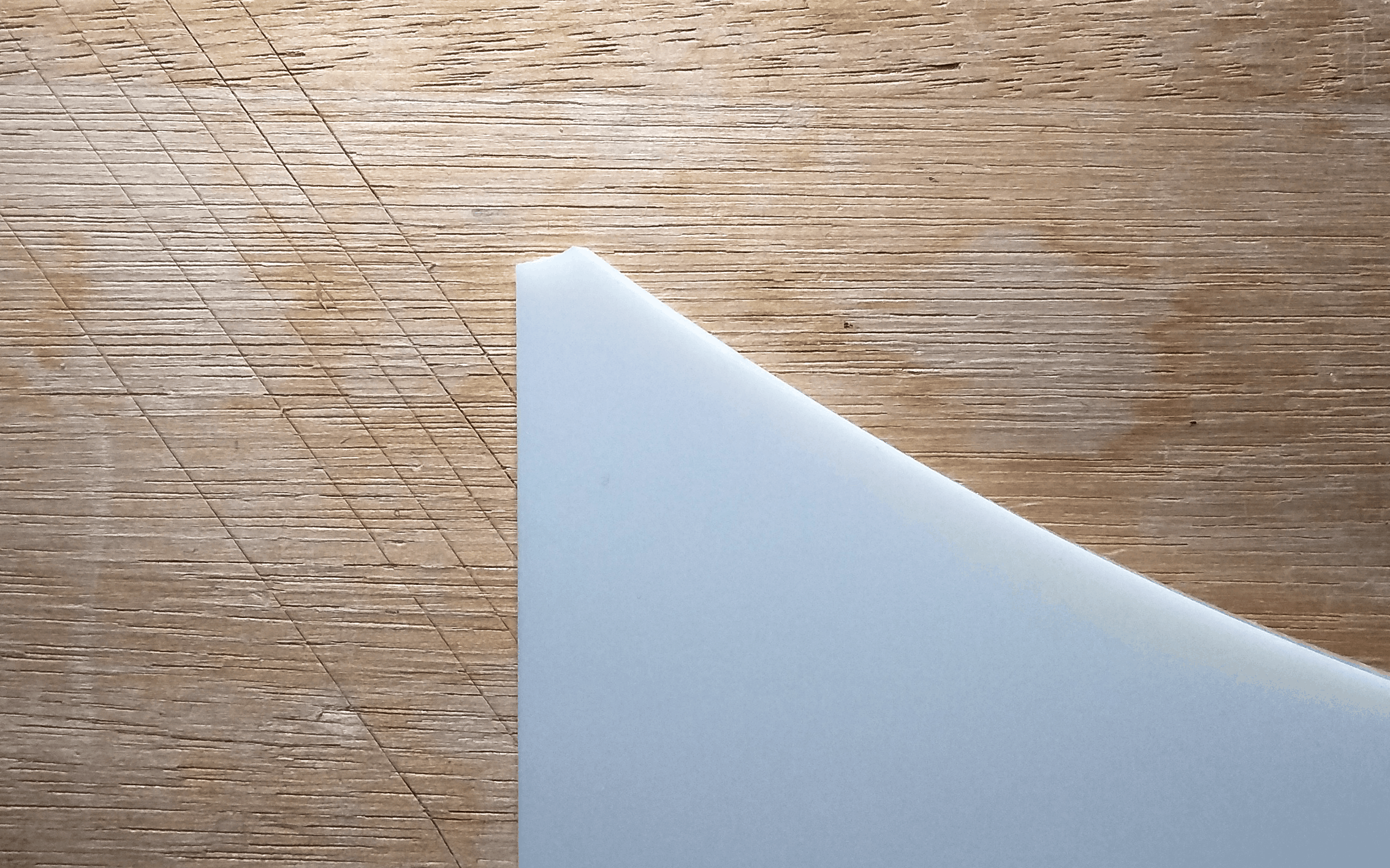
Even at a glance, you can imagine how quickly this sharp edge would slice through a string.
Quick Fixes for On-the-Go and Minor Damage
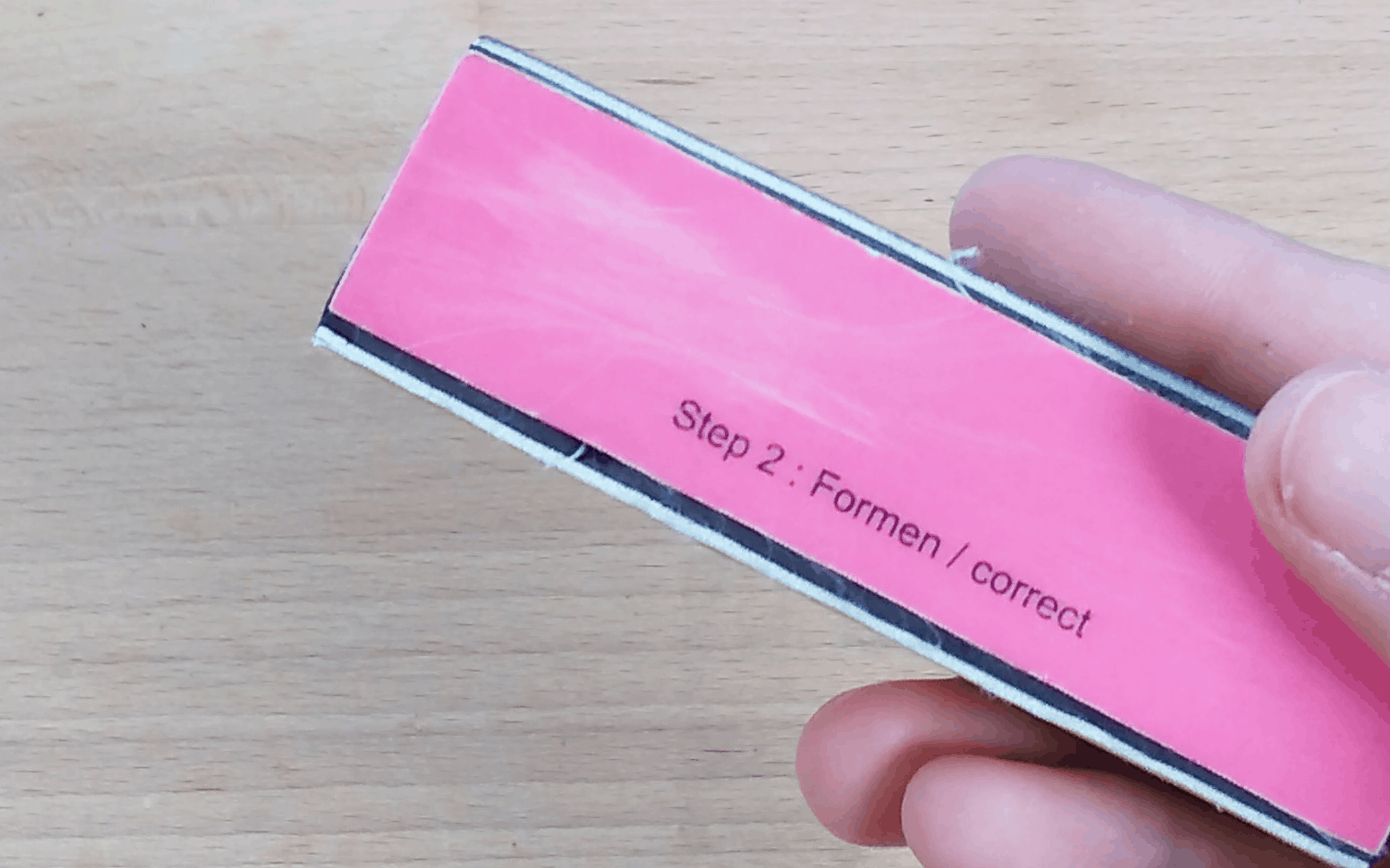
Looking closely, you can see how jagged the broken edge is. Running your finger over it, you can immediately tell it can’t be left as is.
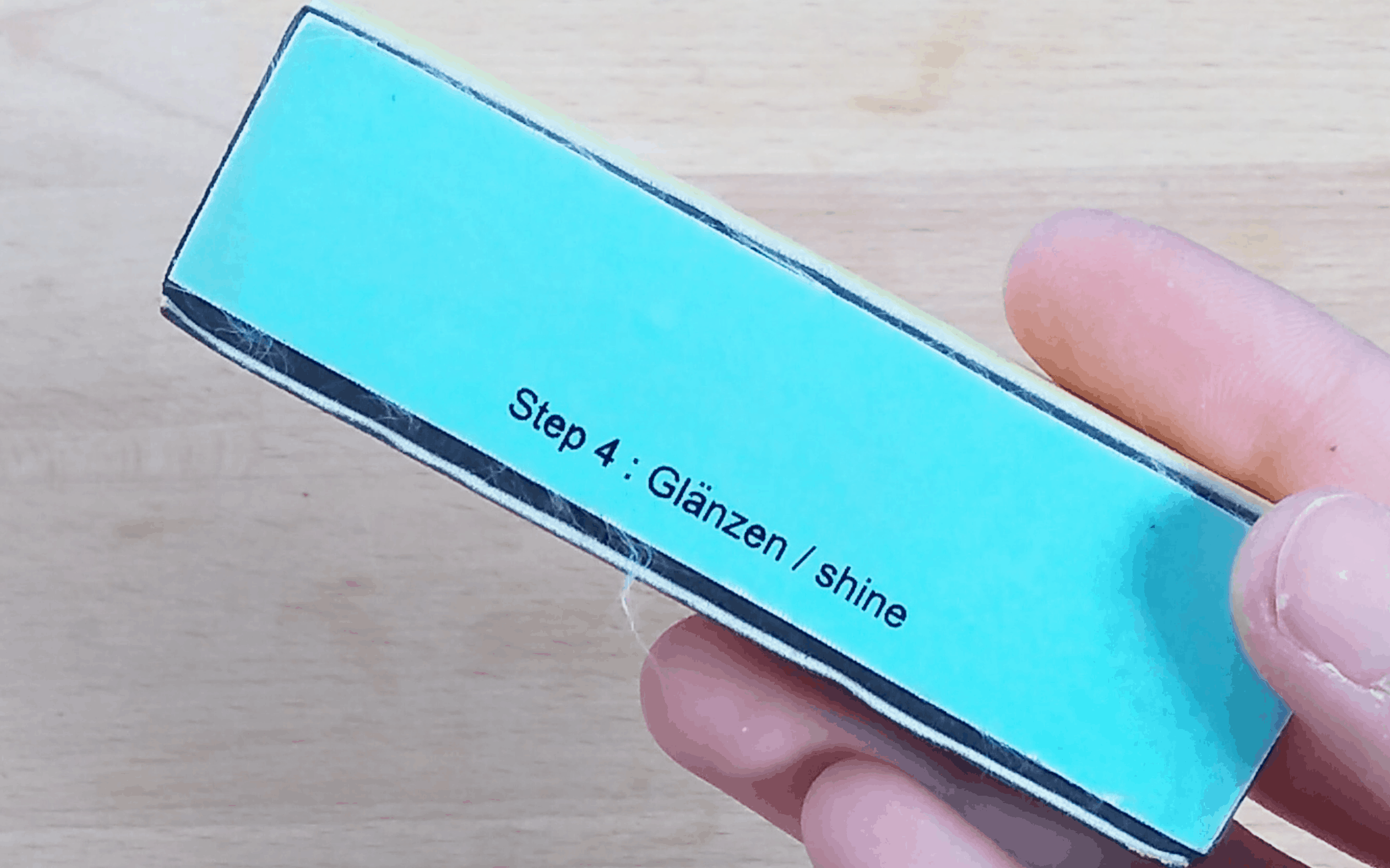
Even at a glance, you can imagine how quickly this sharp edge would slice through a string.
Watch the video here:
